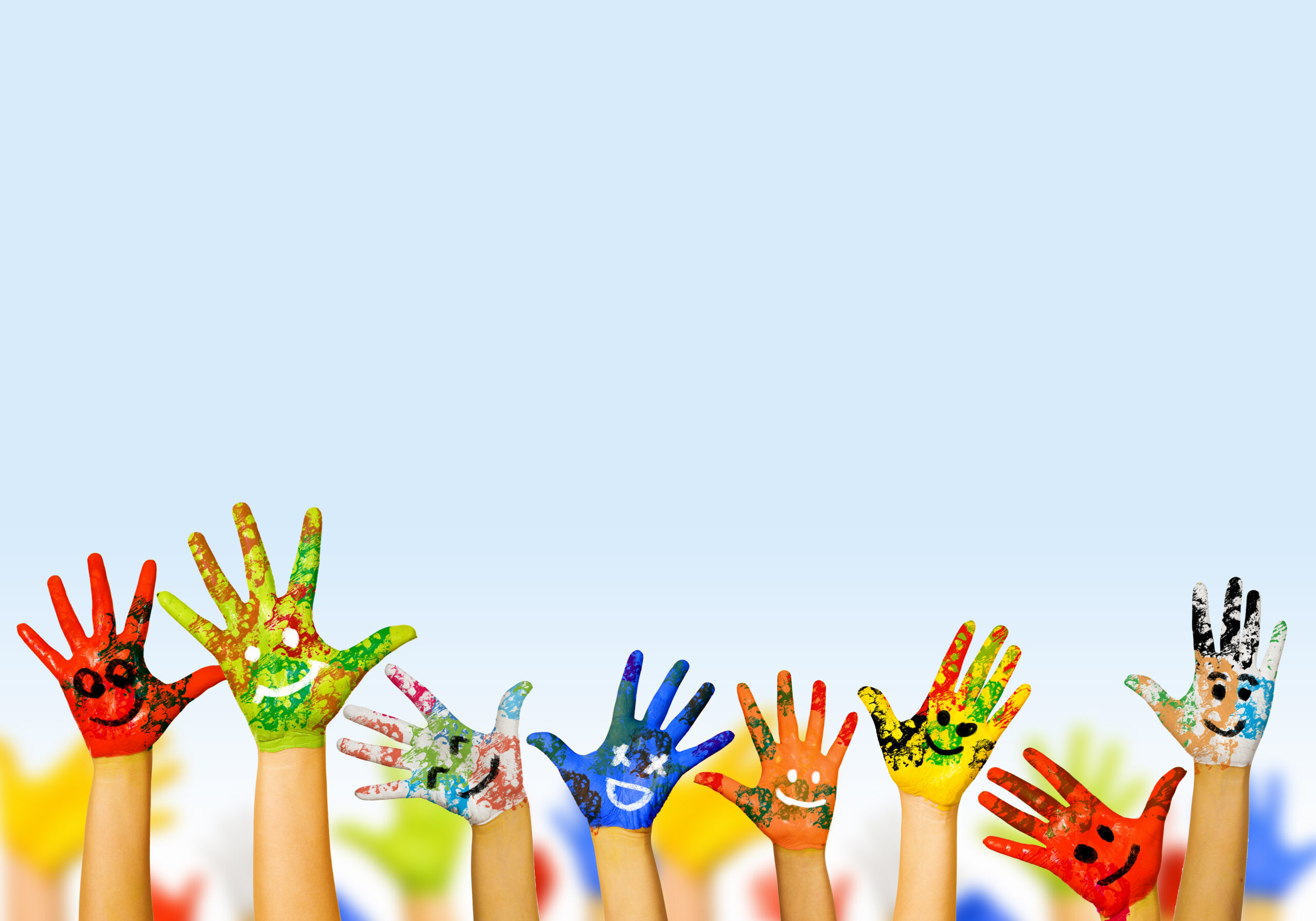Autism is often misunderstood, and one of the most common misconceptions is that it looks the same for every child. In reality, autism can present in countless ways, with each child showing unique strengths and challenges. Whether you’re just starting to learn about autism or have been navigating this journey with your child for years, you might still find yourself surprised by the diversity within the spectrum.
At Westside, our Applied Behavior Analysis (ABA) therapists are experienced in supporting children across the autism spectrum—from those with minimal support needs to those with more complex challenges. In this article, we’ll explore the many ways autism can manifest, embracing the individuality that makes each child on the spectrum truly special.
What is Autism Spectrum Disorder (ASD)?
Autism Spectrum Disorder (ASD) is a neurological condition that encompasses a broad range of traits and characteristics. It’s not a one-size-fits-all diagnosis—every child on the spectrum experiences autism uniquely, with their own strengths and challenges.
Key Aspects of the Spectrum
- Communication Differences: Children with autism may range from being non-verbal to highly articulate. Some may use alternative methods to communicate, while others may have advanced language skills but struggle with social nuances.
- Social Interactions: Comfort levels in social situations can vary. Some children may avoid eye contact or prefer minimal interaction, while others may seek out relationships but find it difficult to understand social cues.
- Sensory Differences: Many children with autism experience heightened sensitivity to stimuli such as lights, sounds, or textures, while others may have lower sensitivity and actively seek out sensory input.
- Repetitive Behaviors or Routines: Repetitive actions or strict routines can offer comfort and predictability for many children with autism, helping them navigate an otherwise unpredictable world.
Why is Autism a Spectrum?
In 2013, The Diagnostic and Statistical Manual of Mental Disorders, 5th edition (DSM-5) was published, which combined “autistic disorder”, “Asperger syndrome”, “pervasive developmental disorder-not otherwise specified (PDD-NOS)”, and “childhood disintegrative disorder” into a single diagnosis called “Autism Spectrum Disorder (ASD)”.
Autistic Disorder, or “classic autism,” involved language delays, social difficulties, and repetitive behaviors. Asperger’s Syndrome was characterized by milder social challenges without language delays, while PDD-NOS was a “catch-all” diagnosis for children with some but not all autism traits. Childhood Disintegrative Disorder (CDD) was a rare and severe form of autism, marked by a sudden loss of skills after typical early development.
In the DSM-5, all of these types were merged into a single diagnosis called Autism Spectrum Disorder. According to the diagnostic criteria, a child will show persistent deficits in social communication and restricted, repetitive patterns of behavior, interests, or activities. However, these criteria can manifest in many different ways, reflecting the diversity of children on the spectrum.
Autistic Traits as a Spectrum
Just as autism exists on a spectrum, the traits and behaviors that come with it can vary widely. These traits can change over time as children develop and mature.
Social Communication Deficits:
Children with autism may experience a wide range of social communication challenges. Here are a few examples of how these traits can present (this is not an exhaustive list):
- 6-year-old Liam enjoys playing with his peers but struggles with having back-and-forth conversations. He tends to talk about his favorite topic, dinosaurs, without noticing if others are interested, and sometimes interrupts others to share facts about them. He benefits from some prompting to ask questions or show interest in what others are saying.
- 9-year-old Sophia has difficulty starting conversations with her classmates. When they talk to her, she might respond with one-word answers or seem uninterested. During group activities, she often sits quietly and doesn’t participate in the play or discussions, even when encouraged.
- 5-year-old Ethan rarely engages with other children and tends to play alone. He struggles to make eye contact and has limited use of gestures or facial expressions. When approached by others, he often ignores them or moves away. He tends to repeat the same phrases over and over, without regard to the social context.
Restricted, Repetitive Patterns of Behavior, Interests, or Activities:
This category is broad and includes behaviors such as stimming, lining up objects, echolalia, difficulty with transitions, rigid thinking, strict adherence to routines, intense fixations on specific interests, and sensory differences. Here are a few hypothetical examples of how this can present in a child (this is not an exhaustive list):
- 7-year-old Maya enjoys arranging her toy animals in a specific order every day. She may become frustrated if someone moves them, but she can eventually calm down with a little reassurance. Maya tends to repeat certain phrases from her favorite TV show, Wild Kratts, especially when she’s excited or feeling overwhelmed.
- 10-year-old Noah has an intense interest in rockets and spends a large part of his day watching videos or reading about them. Noah follows strict routines, like eating his breakfast (two Eggo waffles) at 7:45 every morning. If his routine is even slightly disrupted, he will become upset and have difficulty calming down.
- 4-year-old Olivia engages in frequent hand-flapping and spinning in circles, especially when she’s excited or anxious. She has extreme difficulty with transitions and will cry if her schedule changes. Olivia is fascinated by ceiling fans and enjoys watching them spin. She avoids all soft textures in foods and is very sensitive to the feel of seams in her socks and clothing.
Debunking Common Myths About Autism
There are many misconceptions about autism. Let’s clear up a few of these myths:
Myth: All autism is obvious.
Fact: Sometimes, it is—if you know what to look for. In other cases, autism presents so subtly that most people wouldn’t notice anything different about your child.
Myth: All autistic children like to line things up.
Fact: While some children with autism may enjoy organizing objects in a specific way, this isn’t true for everyone. Lining up objects is one example of repetitive behavior, but other behaviors, such as rocking back and forth, intense interests (like Olivia’s example above), or sensory differences, are also common.
Myth: People with autism don’t make eye contact.
Fact: Some autistic individuals may avoid eye contact, while others have little or no difficulty with it. This behavior depends on the individual, not the diagnosis, and may change over time or in different situations.
Myth: Autistic children don’t express emotions.
Fact: Autistic children feel emotions just as deeply as others, though they may express them in different ways. Some children might struggle to show emotions through facial expressions or body language, but that doesn’t mean they aren’t feeling them.
Myth: Autistic children don’t want to socialize.
Fact: Autistic children enjoy deep connections with trusted family members, caregivers, and friends. They can build and maintain long-lasting friendships but may approach it differently. Some may prefer small, structured interactions, while others may need support in learning social skills. The desire for connection is there, but the way it’s pursued can vary.
Myth: Autistic children don’t have empathy.
Fact: Autistic children are capable of empathy and compassion. They may express it differently, or their reactions might be less obvious, but this doesn’t mean they lack empathy. Many autistic individuals deeply care about the feelings of others and may even be highly empathetic.
Myth: All autistic people are good at math.
Fact: Intellectual and academic abilities vary widely within autism, just as they do in the general population. Some autistic people are cognitively impaired, some have average intelligence, and others are highly gifted. Some autistic people show an aptitude for STEM (Science, Technology, Engineering, Math) fields, but giftedness can appear in any number of disciplines (music, art, writing, singing, etc.).
Highlighting Unique Strengths and Talents
Children with autism often possess remarkable strengths that set them apart in many wonderful ways. Some have an incredible ability to concentrate deeply on specific interests, dedicating time and energy to learning everything they can about a topic—whether it’s dinosaurs, outer space, or a particular type of music. This intense focus can help them develop expertise and passion, which can lead to exceptional knowledge or skills at a young age.
Many autistic children also exhibit “out-of-the-box” thinking, approaching problems in creative ways that others might not consider. Whether they’re building an intricate structure with blocks, solving puzzles with unique methods, or expressing themselves through art, their ability to think differently is a strength that can open up new perspectives.
Westside Celebrates Individuality in Autistic Children
At Westside, we believe every child with autism has a unique journey and limitless potential. Our approach focuses on personalized, 1:1 therapy that honors each child’s personality, strengths, and challenges. We know that children thrive when learning is fun, which is why our outpatient clinics across Chicagoland offer a bright, playful environment where your child will feel comfortable and excited to learn!If you’re ready to explore how we can support your child’s growth, contact us today. Westside offers a variety of therapy services, including Applied Behavior Analysis (ABA) therapy, speech therapy, physical therapy, feeding therapy, and occupational therapy, all tailored to meet your child’s unique needs.







